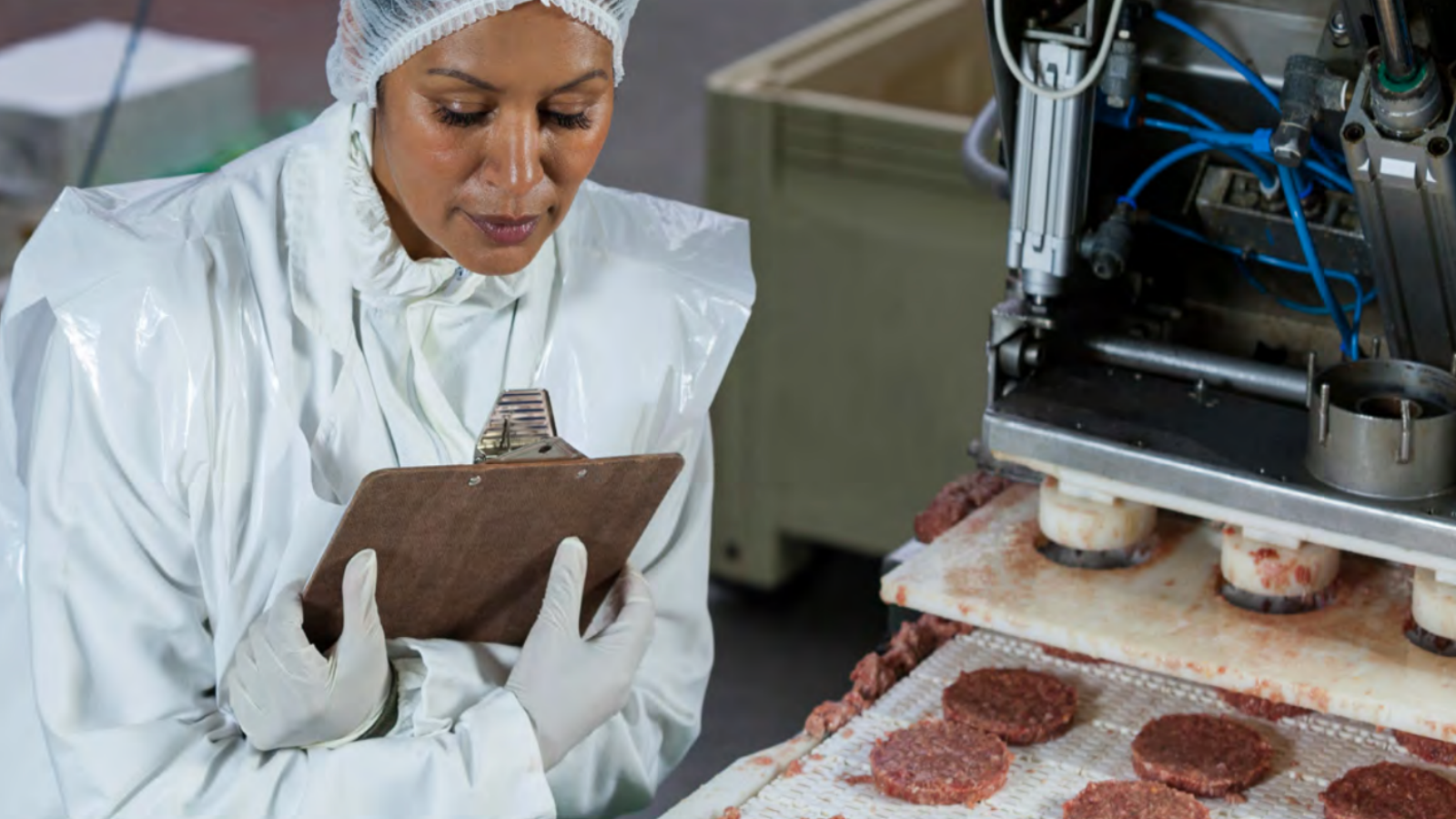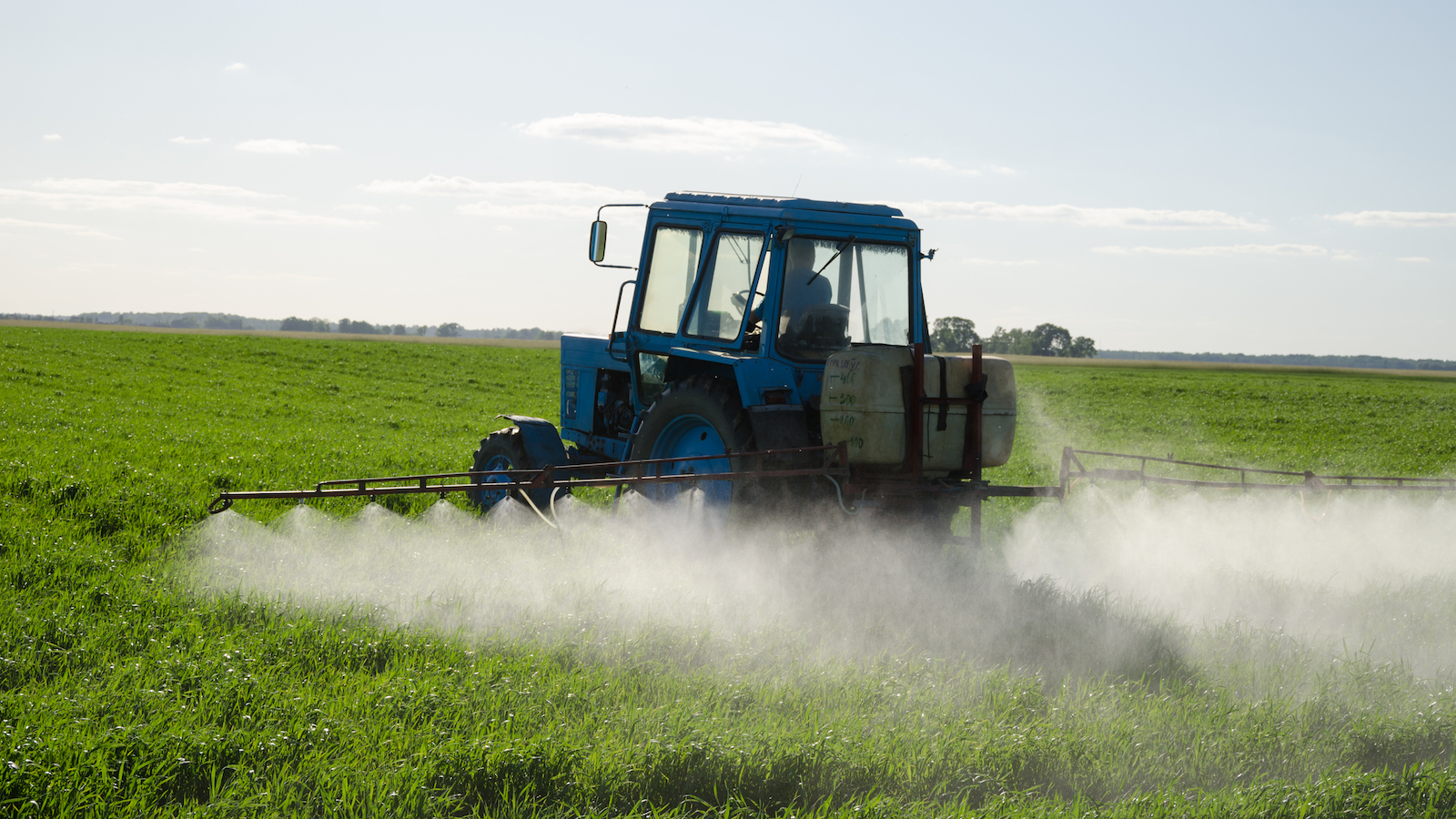Antibiotic use in Agriculture: Last Year’s News and This Year’s Updates

As it should have, COVID-19 dominated medical efforts in 2021, but in addition to our coronavirus work, PIRG kept up the good fight in other crucial battles to protect public health. Our crusade against antibiotic-resistant “superbugs,” which could cause the next pandemic, had its ups and downs throughout the last year. As 2022 starts , it’s a good time to reflect on the biggest news on antibiotic resistance, and look forward.








Topics
Authors
Lydia Palumbo
Find Out More

Expired: How date labels drive food waste and hunger

New report reveals widespread presence of plastic chemicals in our food

How much food waste does America create and what can we do about it?

